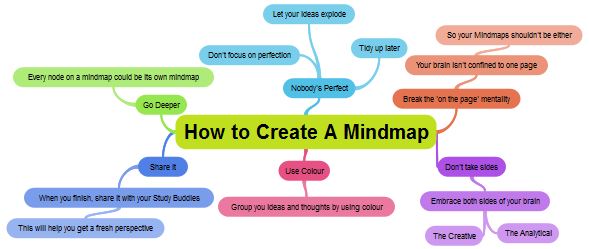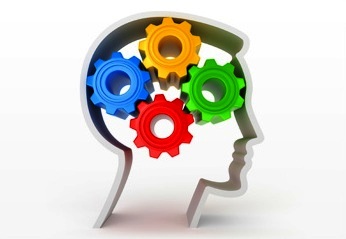Mind Maps are ever more used as a tool to develop eLearning, understanding and memory throughout the visual representation of information. Online mind maps are gaining popularity because of their ease of use, accessibility and capability to be used to transform eLearning into an active process. Students, teachers and others interested in eLearning can advantage from using Mind Maps to enhance productivity. The conversation below explores the benefits of using online mind maps for eLearning.

Here we are explaining How Mind Maps can be used as an effectual tool for eLearning-
Planning
Mind Maps are the perfect tool for creating a learning plan; whether it is planning your curriculum, breaking down an exacting subject or simply to map out an essay or exam answer. Visual learners will especially appreciate the structure and layout of information on the Mind Map that are appealing and easy to follow. Online Mind Maps have an added benefit in that they can be accessed from everywhere at any time, meaning peace of mind if you have forgotten what topic you had planned to concentrate on.
Collaboration-
Online mind mapping software appends an extra element to the advantages of using this learning tool; collaboration. Ideas, notes and work be able to be shared among those learning similar topics and in the best position to work together to create a valuable library of useful information. Not only does this lighten workload and tension, it also creates synergy where sparks of possibilities can fly.
Participation-
Mind Maps can be used as interactive resources that can transform a classroom or a conversation. As discussed above, Mind Maps might be used as a brainstorming tool for both individuals and groups through the sharing of new ideas that can ignite sparks of potential. This enhances the e-learning experience by providing an exceptional resource to unlock creativity and state ideas intuitively and rapidly.
Exam Preparation-

Mind Maps, and in particular online Mind Maps, have the prospective to get better learning and contribute to exam success. Seth Godin wrote in his book Stop Stealing Dreams, "The magic of connecting dots is that, once you learn the technique, the dots can change but you will still be good at connecting them." Mind Maps give the ideal opportunity to identify these connections and provide a deeper understanding.
Flipping the Classroom-
The new catchphrase in education, flipping the classroom, encourages an innovative method of learning using technology. In the flipped classroom model, students can learn their lessons before they come to class by using social media, videos or other online resources and participate in activities while in class. Utilizing education technology both in-class and at home opens up a lot of possibilities for different types of learning. Online Mind Maps improve the learning process in a flipped classroom as they reinforce student's prepared lesson notes in classroom and can create discussion and participation in class.
Using Mind Maps efficiently
Once you know how to take notes in Mind Map format, you can enlarge your own conventions for taking them further. The following suggestions can help you illustrate impactful Mind Maps:
Use Single Words or Simple Phrases - Many words in normal writing are padding, as they make sure that facts are conveyed in the right context, and in a format that is pleasant to read.
In Mind Maps, single strong words and short, meaningful phrases can express the same meaning more potently. Excess words just clutter Mind Map.
Print Words - Joined up or indistinct writing is more hard to read.
Use Colour to Separate Different Ideas - This will help you to divide ideas where necessary. It also helps you to imagine the Mind Map for recall. Colour can help to demonstrate the organization of the subject.
Use Symbols and Images - Pictures can help you to keep in mind information more effectively than words, where a symbol or picture means something to you, utilize it. (You can make use of photo libraries like iStockPhoto to source images inexpensively.)
Using Cross-Linkages - Information in one part of a Mind Map might relate to another part. Here you can draw lines to explain the cross-linkages. This helps to see how one part of the subject affects to another.